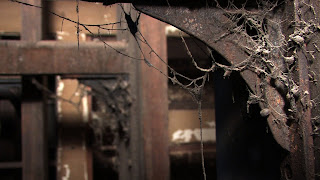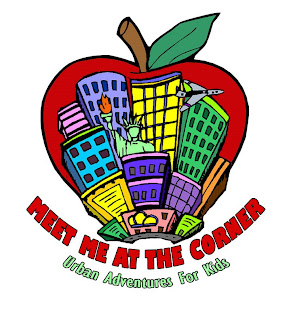 “Penguin Classics On Air” is an online radio series devoted to the discussion and exploration of some of Penguin Classics’ more than 1400 titles from many eras, cultures and regions of the world. The program is hosted by Penguin Classics Editorial Director Elda Rotor and features in-depth conversations on new, timely and rediscovered classics between Elda Rotor or Classics editor John Siciliano and scholars, translators, or experts of a specific Penguin Classic.
“Penguin Classics On Air” is an online radio series devoted to the discussion and exploration of some of Penguin Classics’ more than 1400 titles from many eras, cultures and regions of the world. The program is hosted by Penguin Classics Editorial Director Elda Rotor and features in-depth conversations on new, timely and rediscovered classics between Elda Rotor or Classics editor John Siciliano and scholars, translators, or experts of a specific Penguin Classic.
The show wraps up with Associate Publisher Stephen Morrison offering a sampling of the Classic by reading the first pages from one of the works discussed. In addition, each episode of “Penguin Classics On Air” features a review by Alan Walker, Senior Director of Academic Marketing, on one of the Classics he’s recently read, as he fulfills his mission to read one Penguin Classic by an author per letter of the alphabet from A to Z.
As a sample of the goods, take a look at The Birth of Knickerbocker: Washington Irving’s A History of New York. Elda Rotor interviews Betsy Bradley, the introducer and editor of Washington Irving’s A History of New York , Irving’s popular first book is an early nineteenth century satirical novel of colonial New Amsterdam. It follows the fictional historian Diedrich Knickerbocker as he narrates the development of New York cultural life—from the creation of the doughnut to the creation of Wall Street. Alan Walker introduces listeners to The Emigrants by Gilbert Imlay and Stephen Morrison offers up the opening to Washington Irving’s beloved story “Rip Van Winkle.” in his segment, “First Pages.”








